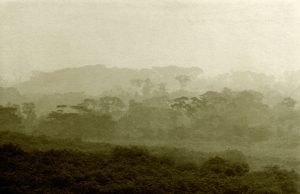
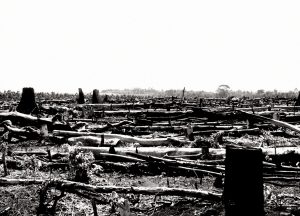
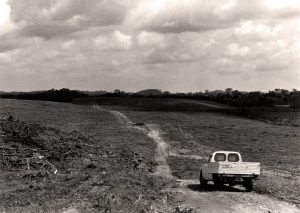
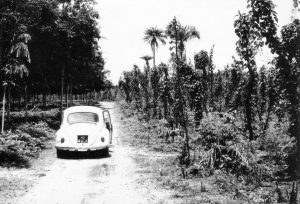
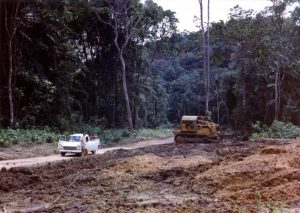
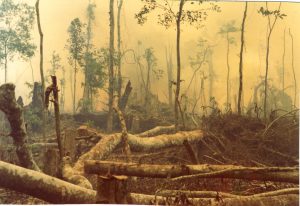
A print made in the traditional Japanese style called “Moku Hanga”. The ingredients were dry pigment, rice paste and water. It was hand printed with a “baren” on “Hosho” paper made of the fibres of the bark of the Mulberry tree.
It depicts the early morning mist rising in the forest line at the edge of a plantation concession in Liberia. A planned edition of the seven blocks making up this print has yet to be printed, but two blocks were added to print an edition of thirty prints in an exchange within the “Baren Forum”. That edition was about the criminal aspect of deforestation.
Deforestation takes place in many forms and for many reasons. To make place for plantations, industry or by farming by those who have been displaced by or deprived of their land by the former two.
There used to be schemes for sustained logging for timber. There is nothing wrong with that, but it needs to be very tightly controlled by the government of the land. It provides many honest jobs, specialist training and export earnings. During the early seventies, when I was working in Nigeria and Liberia, illegal logging was rampant and I seriously doubt that it is any better these days.
I say no more, but on this page a few photos I have taken while working in those regions.
Here are a few photos, taken while working in those regions.
There are photos of non directional and clear felling for the establishment of a plantation. Also a few photos of farms being cleared and burned for crops like cassava, corn, rice (wet and dry varieties), yams, melons, and so on.
Oil Palm photo – A palm tree is not like an ordinary tree with its bark and phloem and xylem on the outside, but it has that system right through its trunk. If the palm is stressed by competition of weeds and other trees, it grows thin; when the competition is removed after clearing of the land, it thrives and grows thicker. By the amount of spirals of the stubs of the fronds you can estimate the number of years between the clearing cycles. In the case of this photo about four years, which is well short of a minimum of twenty years for any meaningful regeneration of bush and soil.
There are a few photos of logs being floated into a river or lagoon and one of a derrick at Nikrowa.
The aquarelle photo shows the logging road leading to Nikrowa in the Mid West State of Nigeria. It depicts butterflies, in this case just a few, but in reality there is a thick bouquet of them with their shimmering wings, all feasting on a urine patch on the road during the dry season. They feast not only for water, but also for protein.
The logging road coming from Siluku passes Osse River Rubber Estates and runs for miles through high forest before coming to Nikrowa, where the AT&P had a derrick on the side of the river Osse for loading logs. On Google Earth there is no more forest to be seen as it has been replaced by a plantation. The AT&P station has vanished too as there are no more logs to handle.
Images copyright © to ACW ten Broek


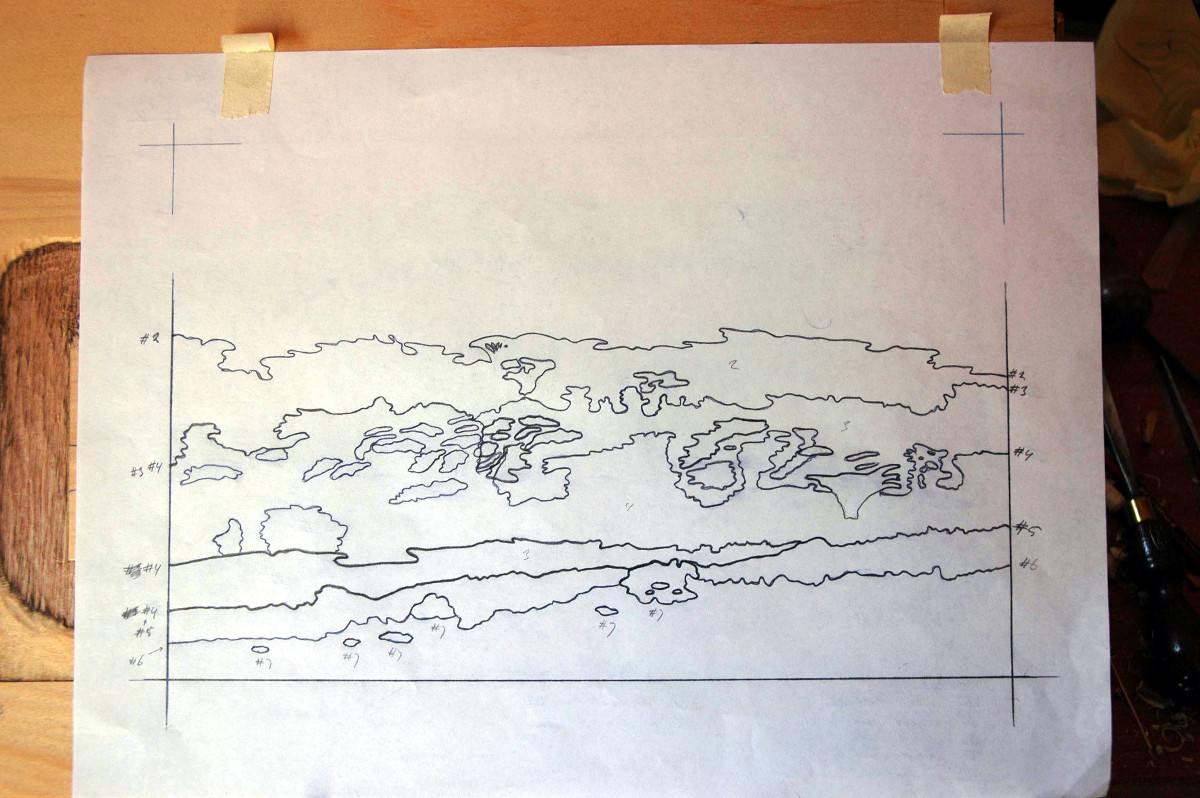
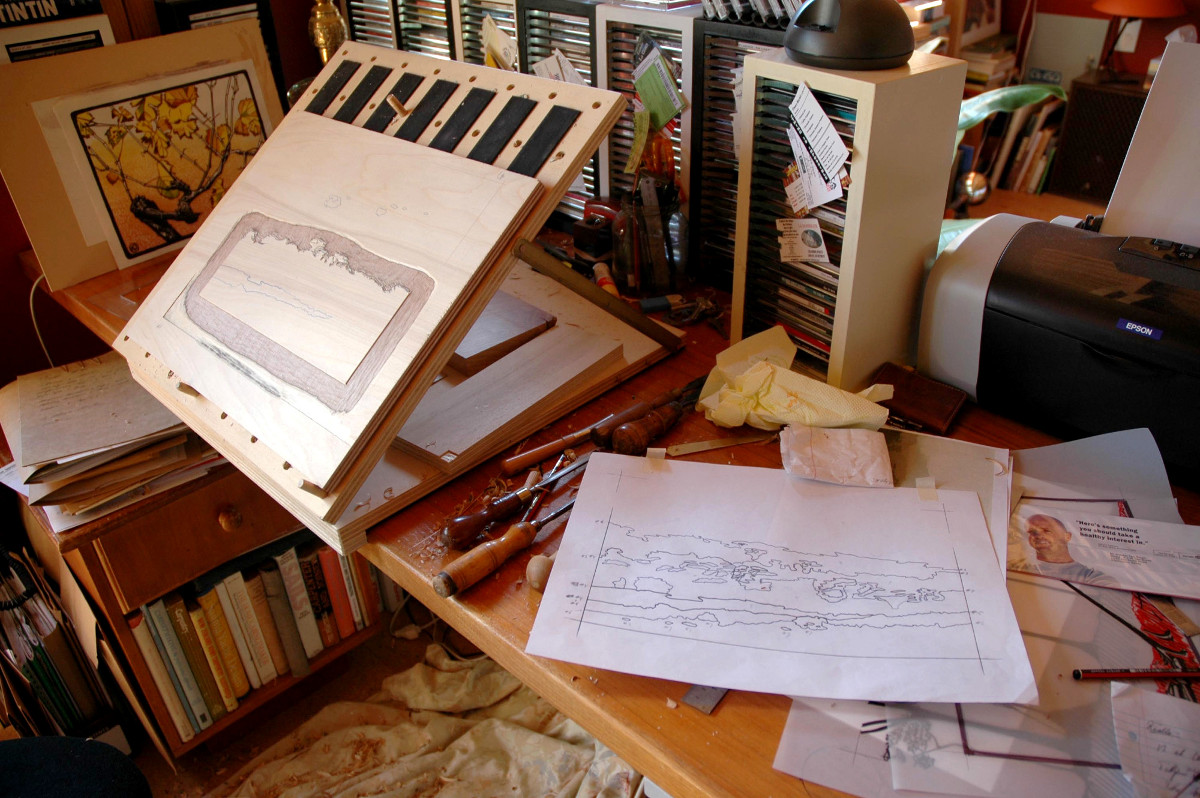
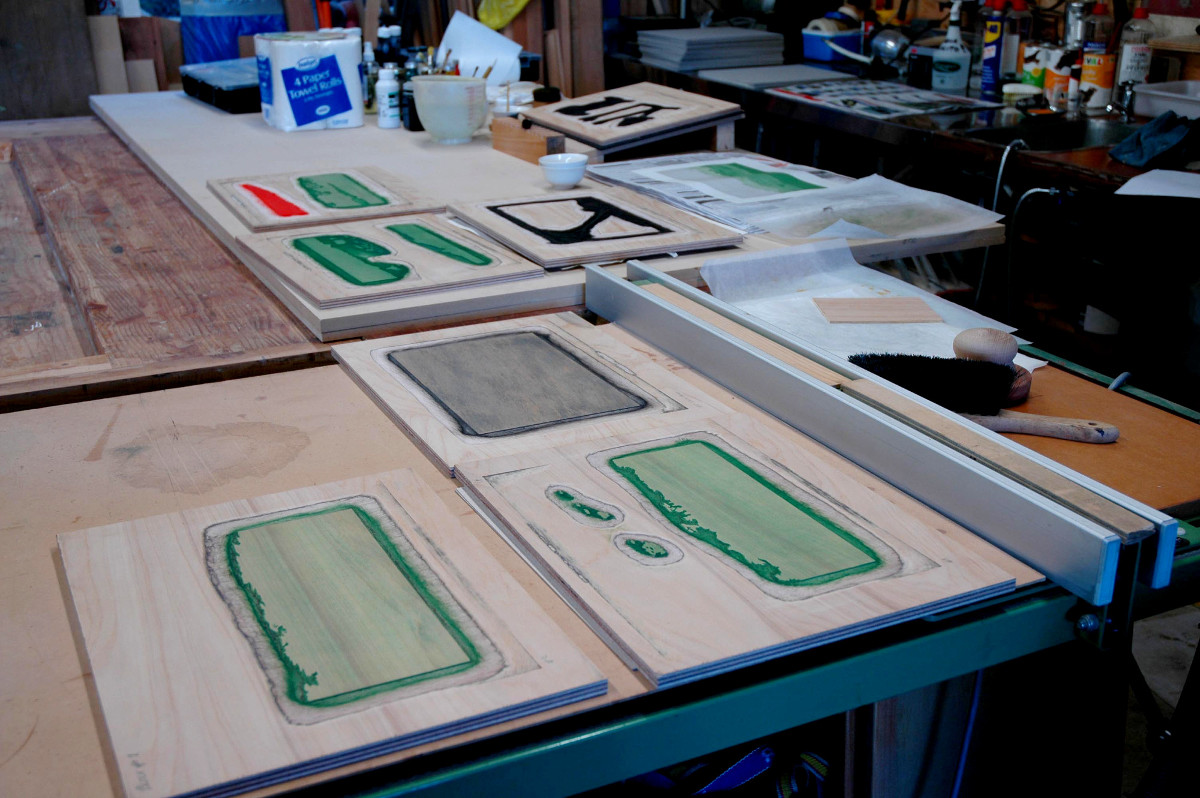
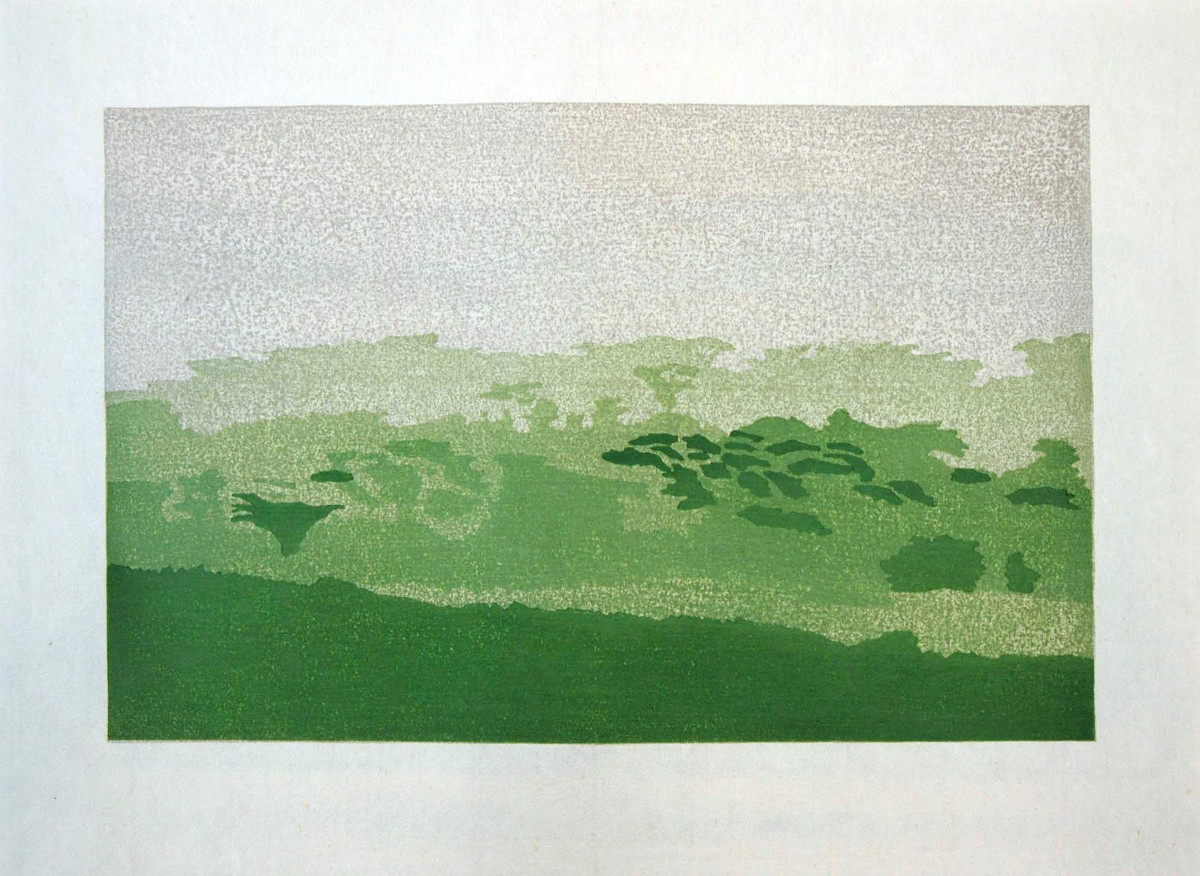
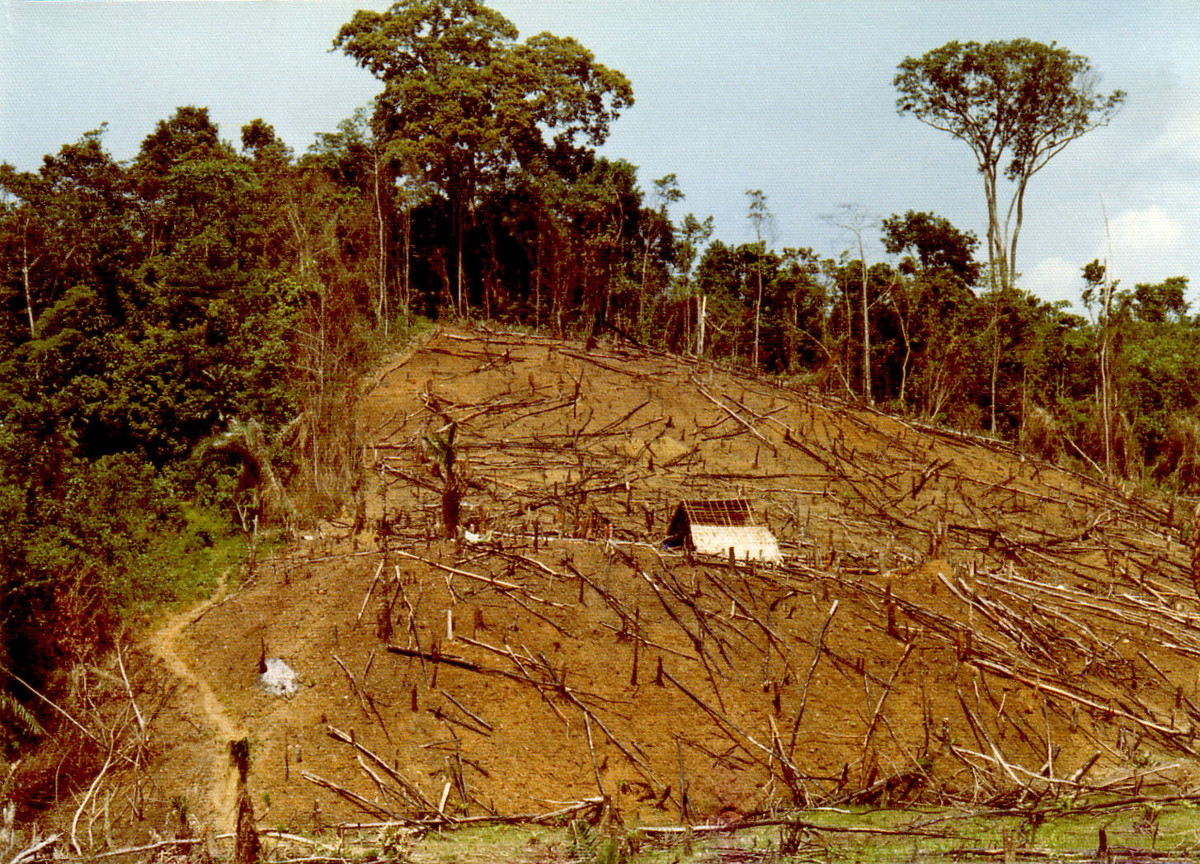
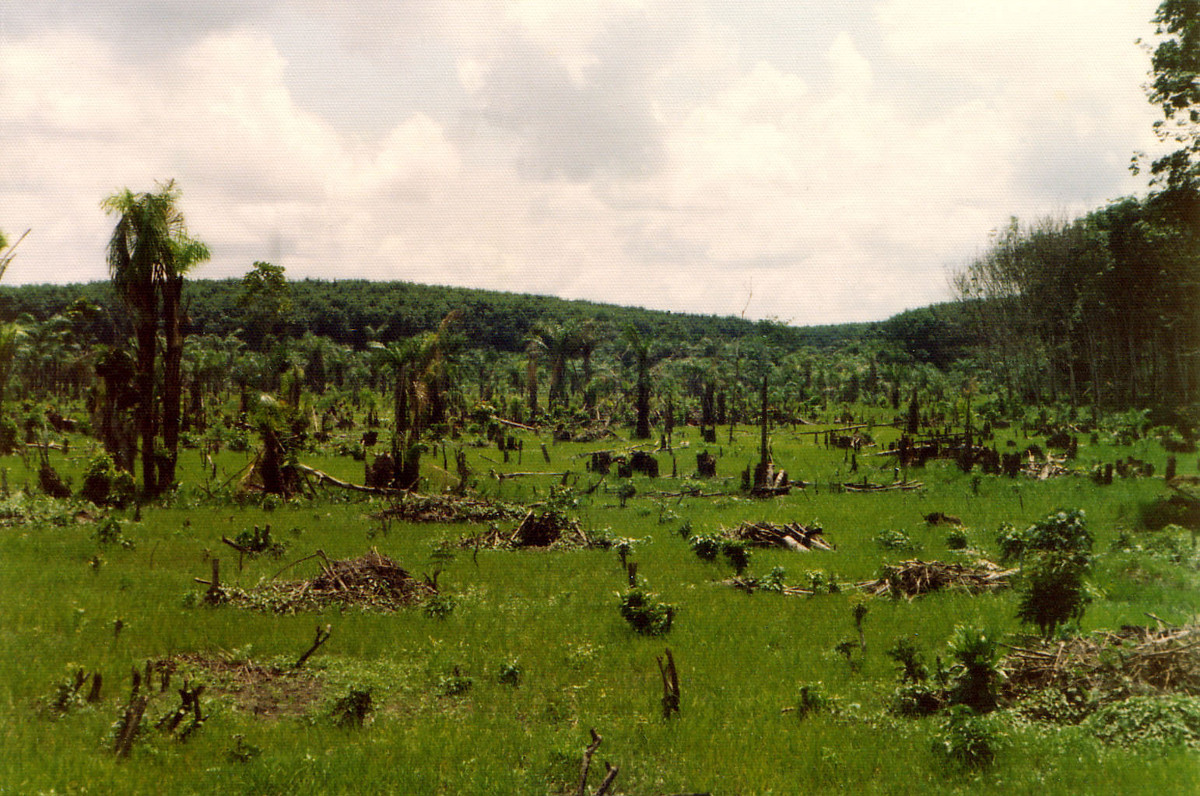
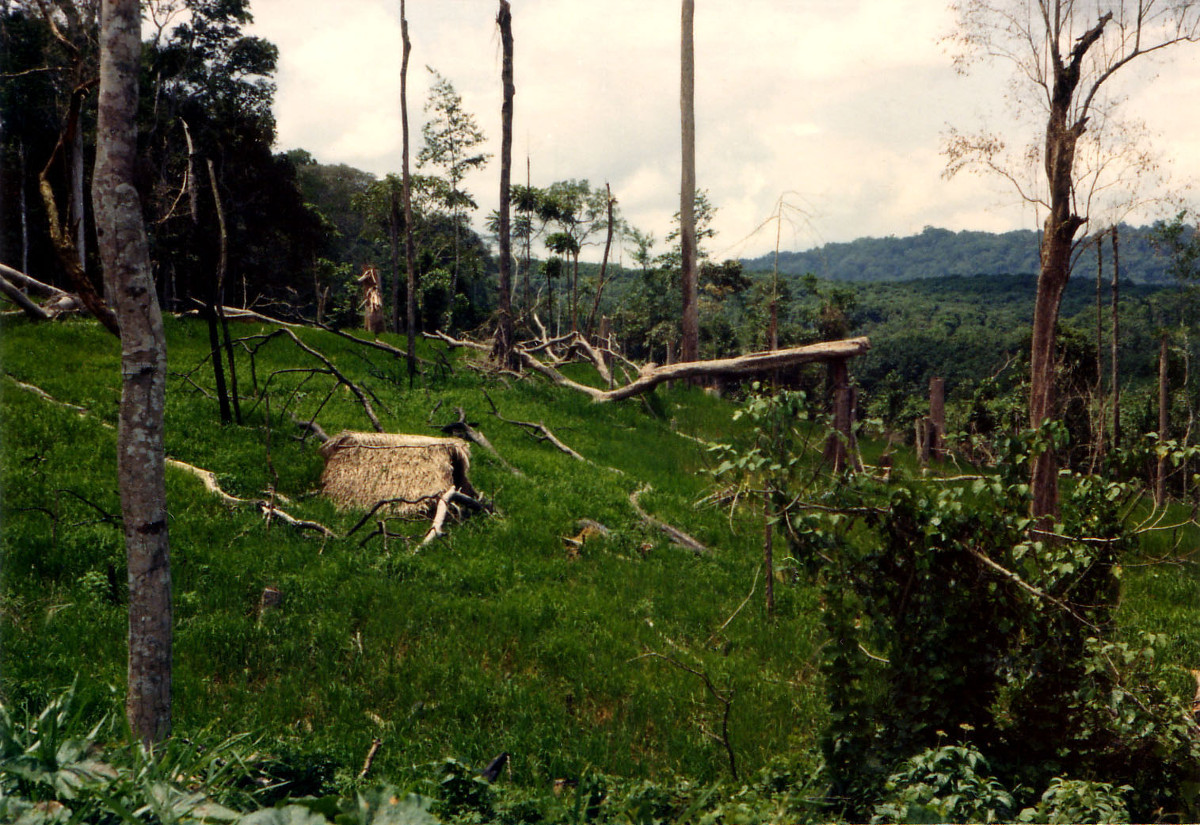
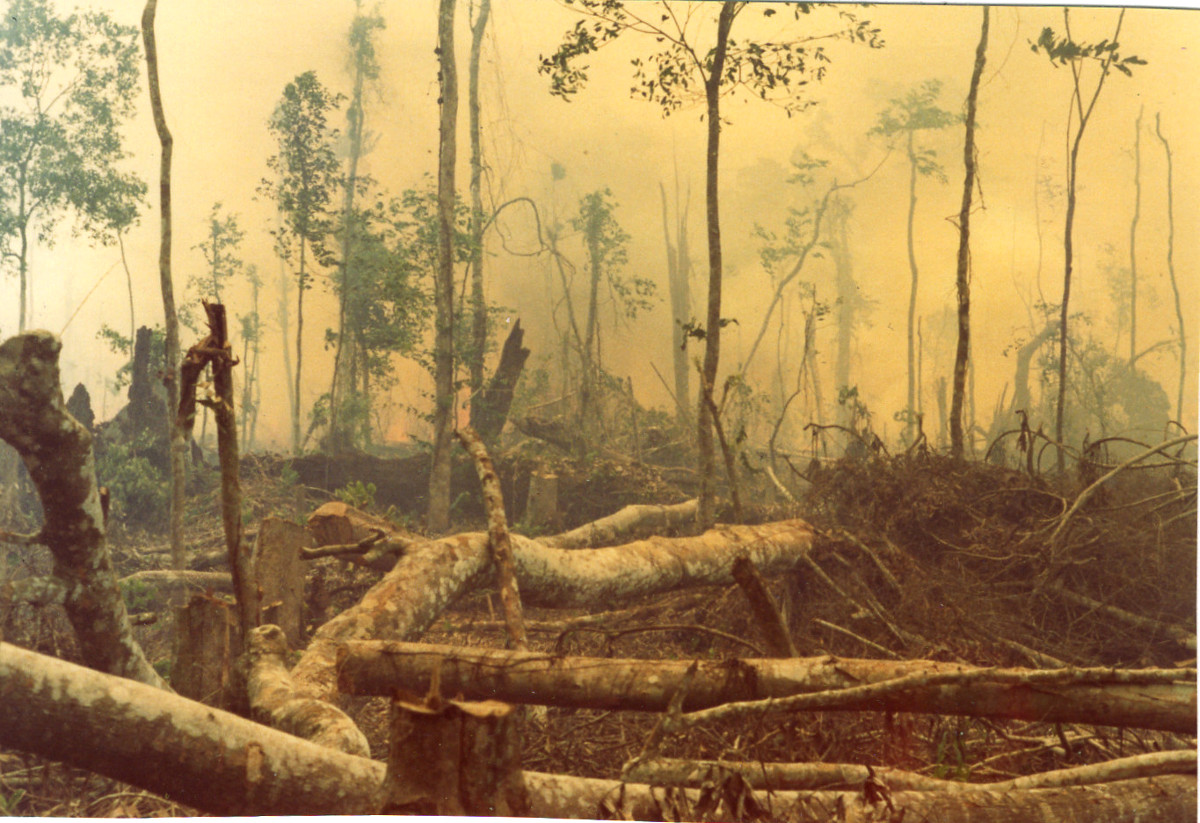
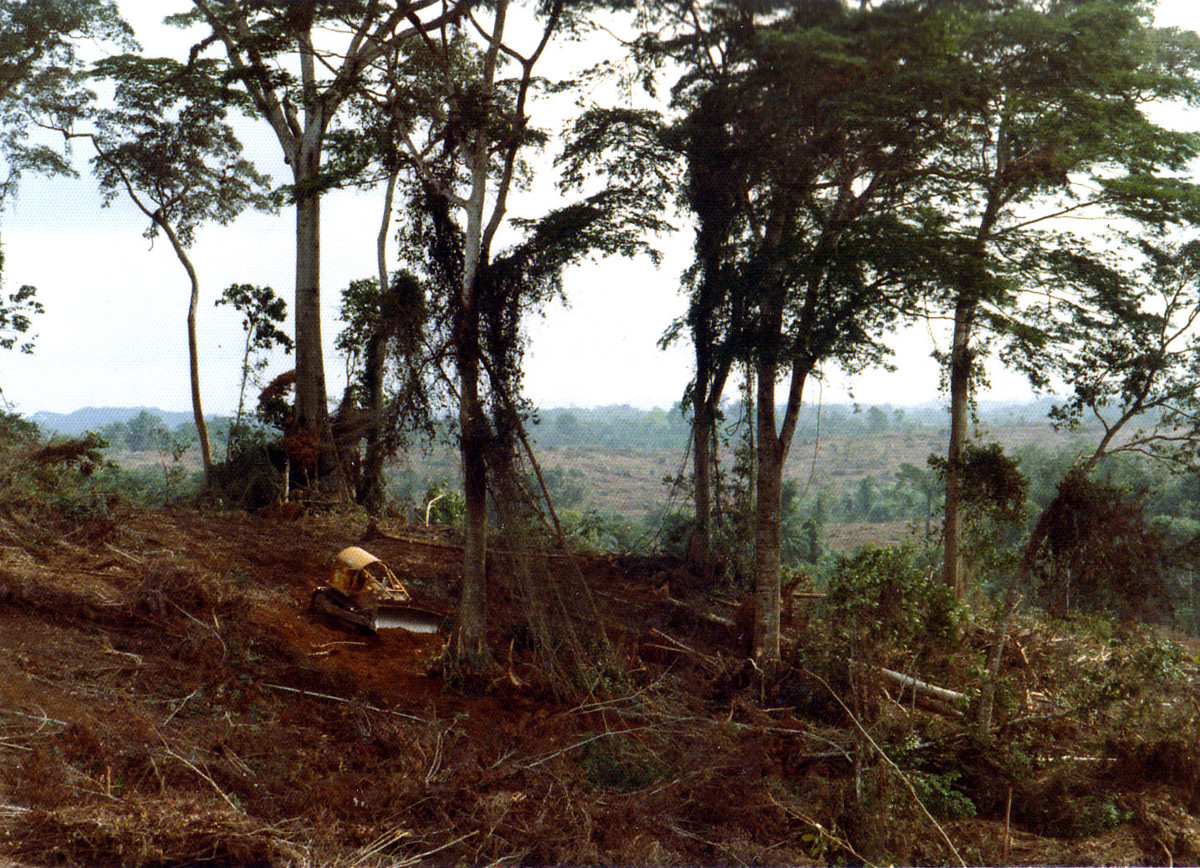
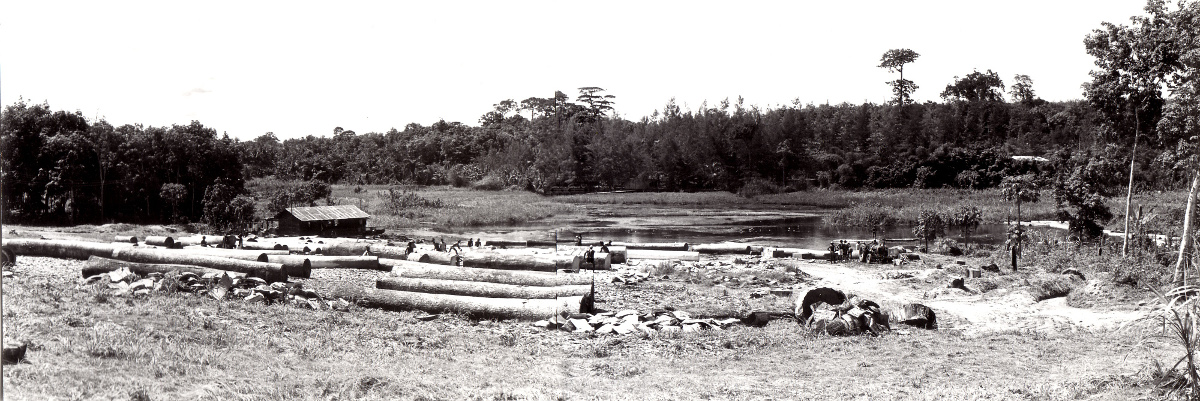
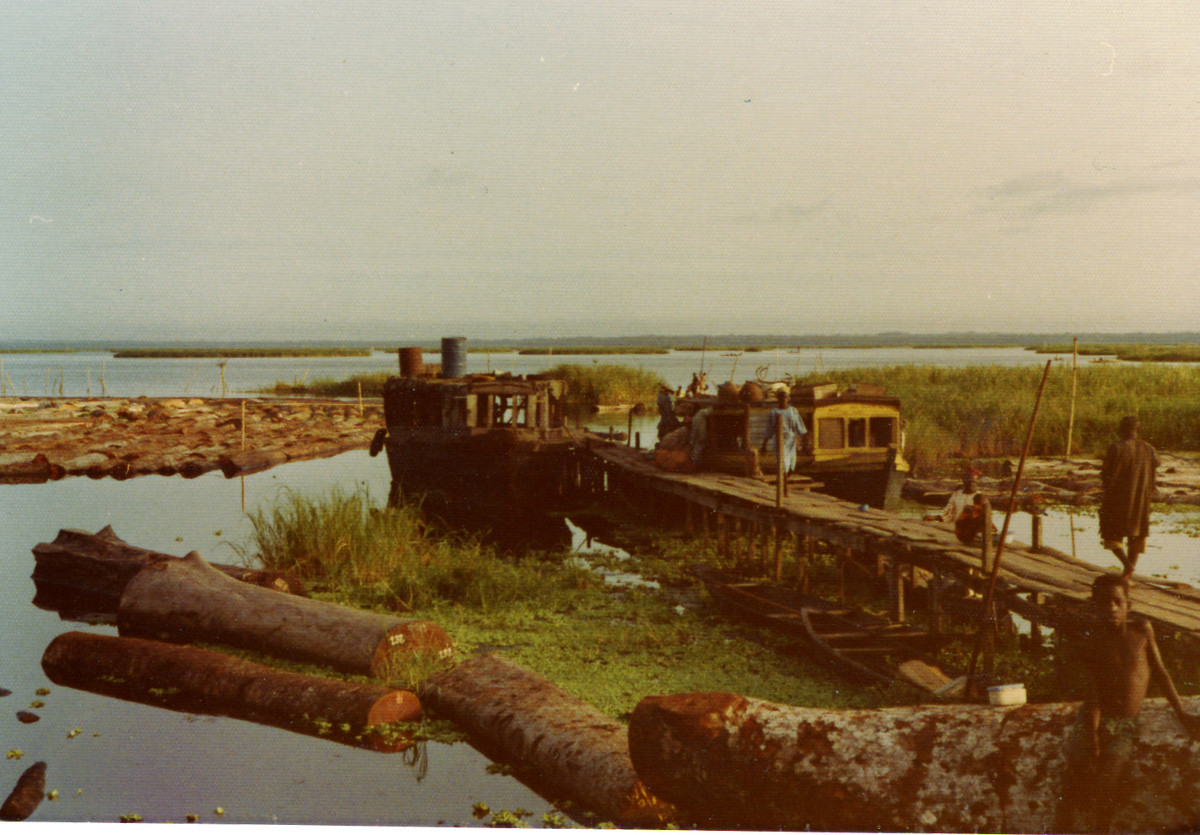
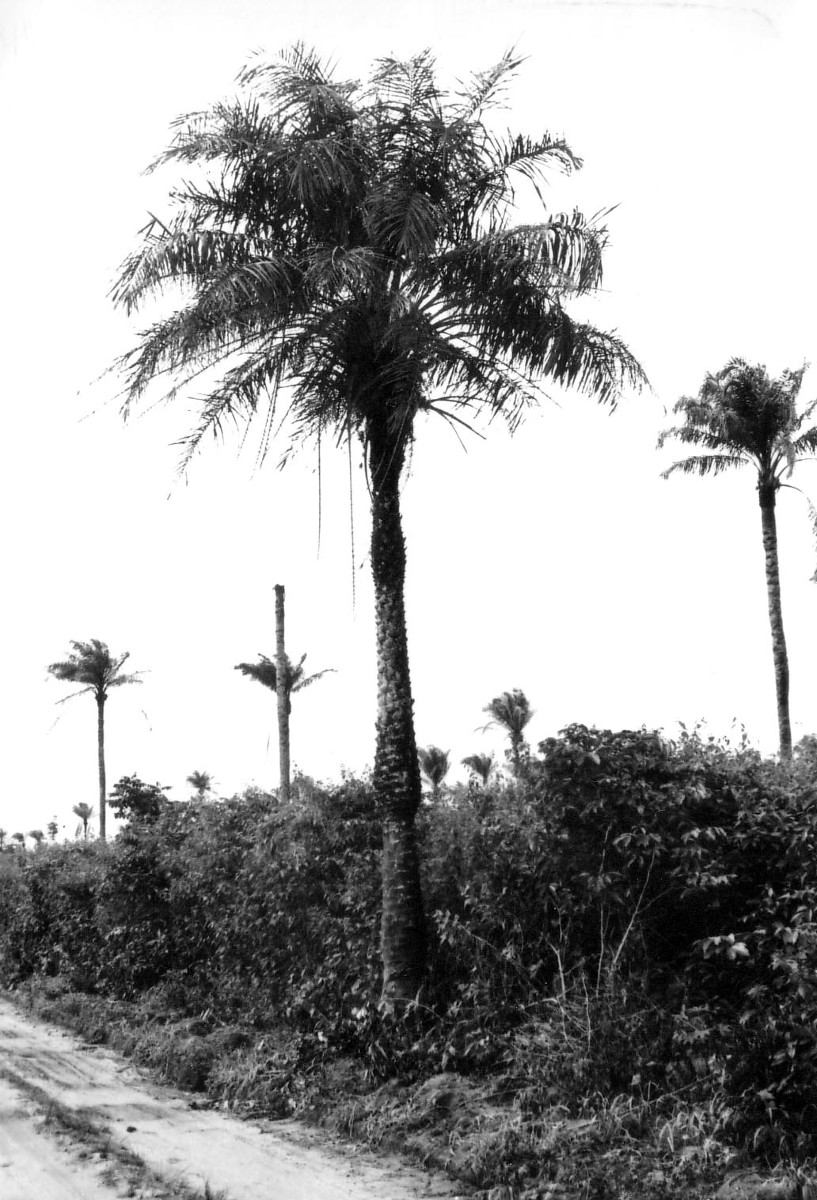
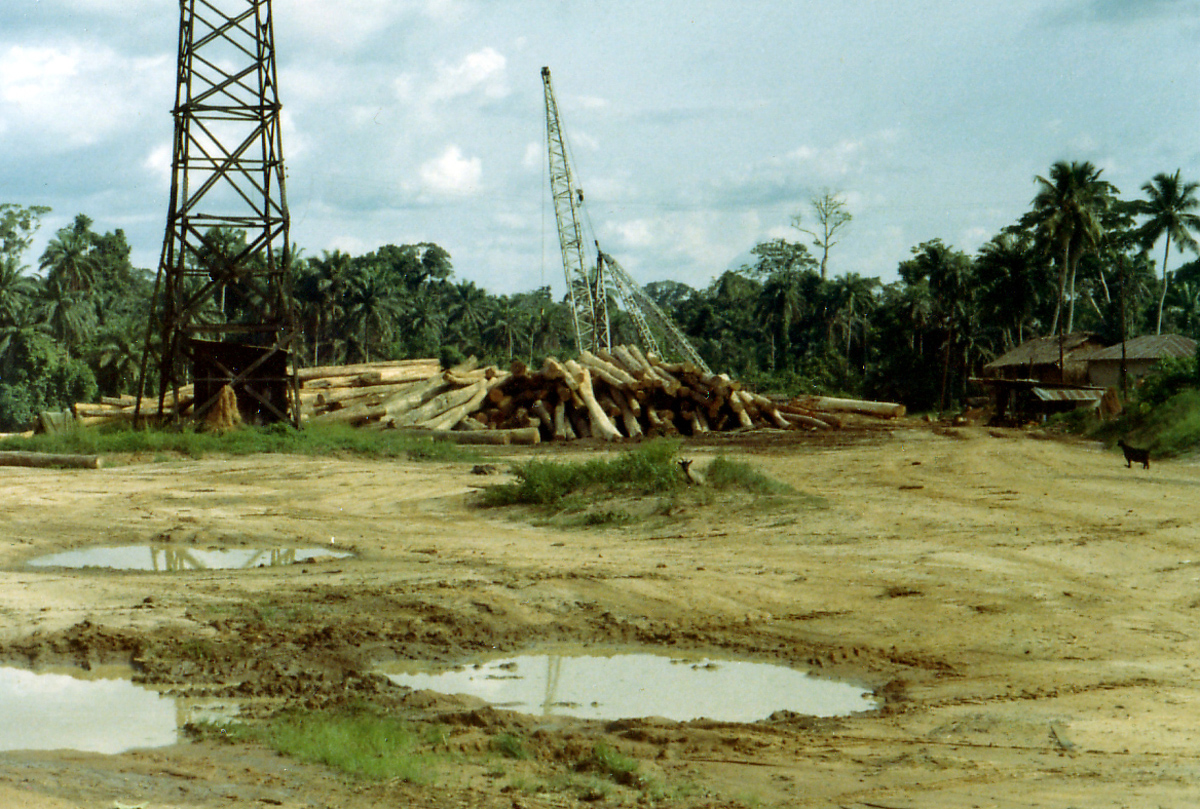
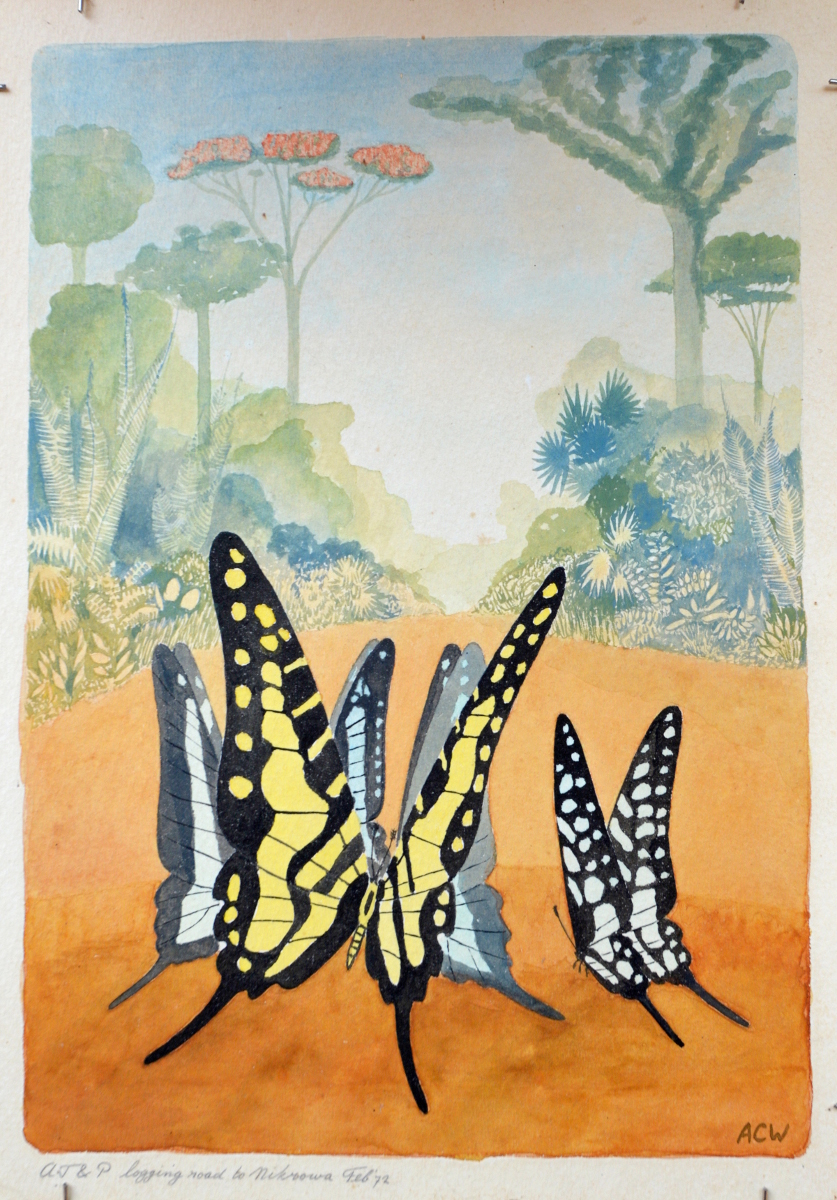
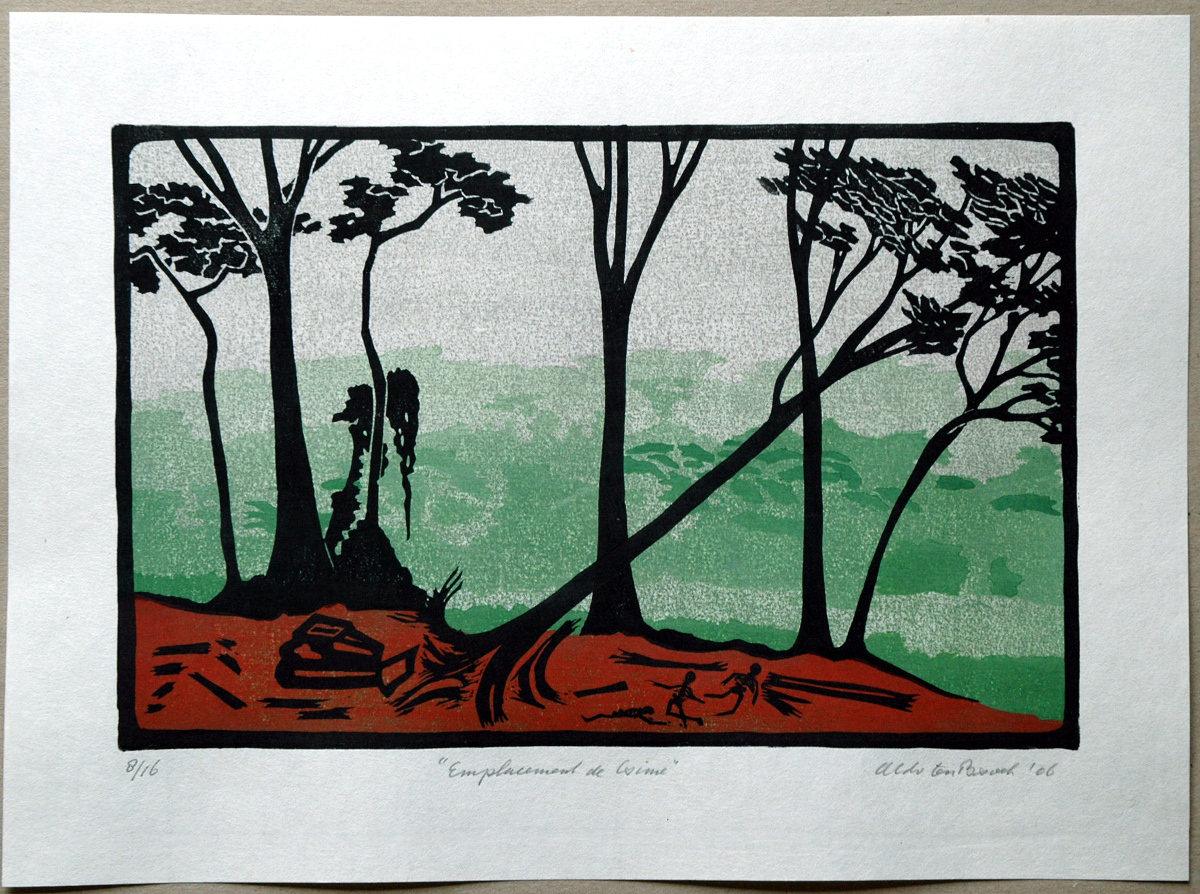
Woodcuts
wouter@acwwoodcuts.com
42 Rue Grand'Rue
11240 Belvèze du Razès
France +33 (0)4 30 07 30 80